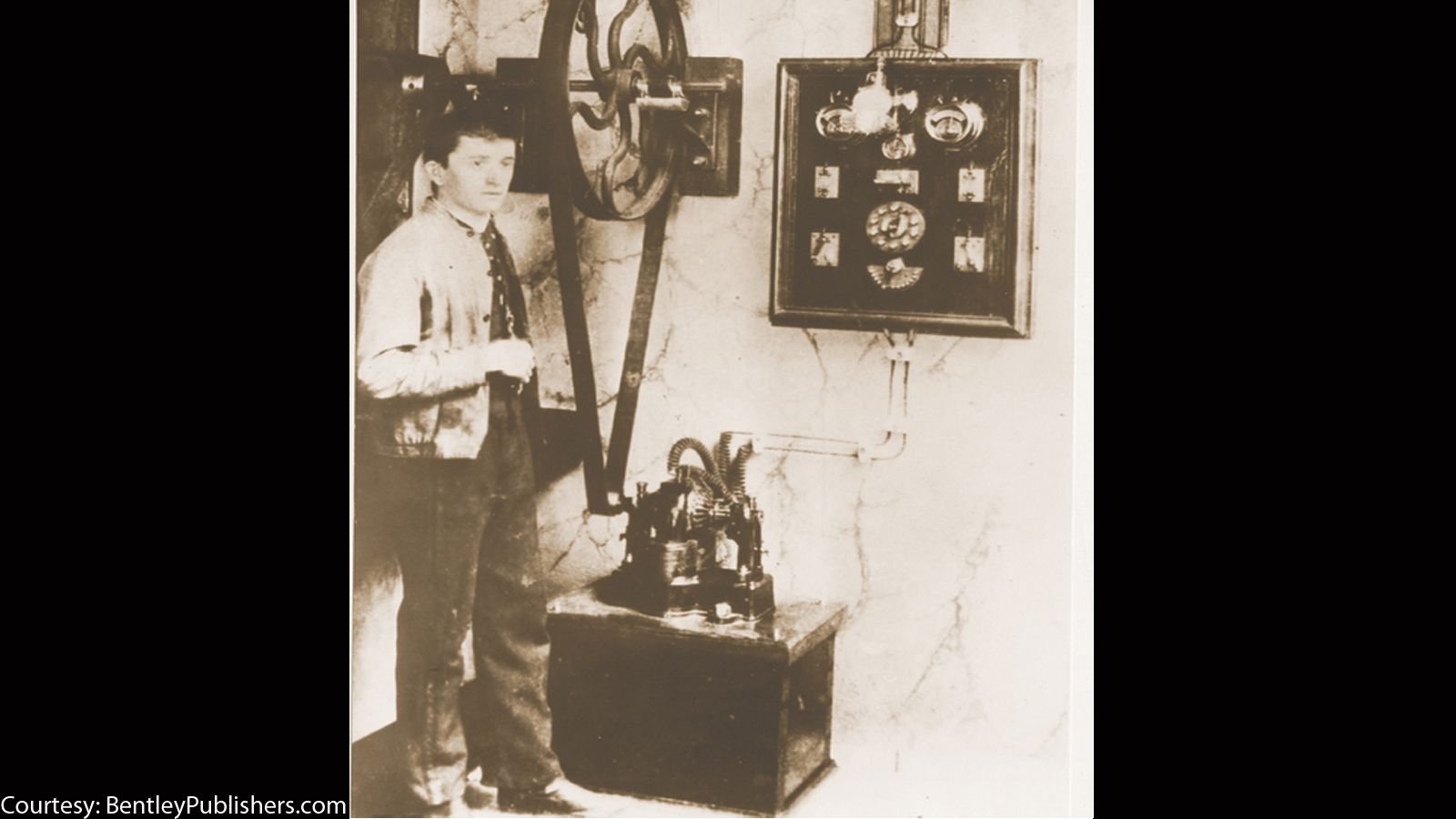7 Facts About Doctor Ferdinand Porsche














1. Early Work Ethic
Ferdinand Porsche took a liking to mechanical work at a young age, having helped his father in his shop every day. When he turned 18, he got a job at the Béla Egger Electrical company in Vienna, where he developed the electric hub motor over a period of five years.
2. Citizenship
Porsche was born in what was known as the Austro-Hungarian Empire, and he retained that citizenship for the first 18 years of his life, until the end of World War I when he chose Czechoslovakian citizenship after the empire broke apart. After sixteen years of Czech citizenship, he was made a naturalized German citizen in 1934.
3. Early Career Accomplishments
When he was 23, Porsche began working at a factory called Jakob Lohner & Company, which built coaches for emperors and monarchs. The design team created the Egger-Lohner vehicle, which was similar to a carriage but had two electric motors; it was also the first design that Porsche engraved "P1" (for Porsche, number one) onto all of the major components. A few years later, in 1901, Porsche re-imagined this car as the Lohner-Porsche Mixte Hybrid, which had an internal combustion engine instead of a large battery pack. It remains the first petroleum electric hybrid vehicle.
4. Academic Accolades
Porsche never had any official higher education in engineering when he worked in Vienna as a teenager, but he was adorned with accolades in the years following his recruitment in 1906 to work for Austro-Daimler as Chief Designer. In 1916, he became the Managing Director and was given an honorary doctorate from the Vienna University of Technology. When he left Austro-Daimler and began working as Daimler Motoren Gesellschaft's Technical Director, he received yet another honorary doctorate, this time from Stuttgart Technical University.
5. Nazi Membership
It's no secret that Porsche was given car design projects and contracts from Adolph Hitler. Specifically, Porsche created many military vehicles, like the Tiger tank (1942) and the Elefant tank destroyer. He was first commissioned by Hitler in 1934 to create a "people's car," essentially what would become known as the Volkswagen Beetle. It was at the same time that Porsche was urged by Hitler to renounce his Czech citizenship.
6. Post War Troubles
After World War II ended in 1945, Porsche was planning on continuing his designs for the Volkswagen in France, but French authorities arrested him instead, charging him as a war criminal. Porsche's son, Ferry, was left in charge of the business, but it was the money made from a contract to build a Grand Prix motor racing car that bailed Porsche out of prison.
7. Rebuilding with the Porsche 356
When Porsche and his family returned to Stuttgart in 1949, his business was in trouble. The only thing he had going for his business was his first official Porsche design, the Porsche 356. With no opportunity to receive credit from the banks and 49 356's built by hand, Porsche's son Ferry went door-to-door to dealerships to secure orders in advance. His efforts worked, and 78,000 356's were manufactured over the next 17 years. Later, Porsche eventually received royalties on every Volkswagen Beetle (Type 1) that was made, 20 million units to be exact.
Ferdinand Porsche lived a comfortable life up until his death in 1951, caused by complications from a stroke.
For maintenance and repair guides for your Porsche, browse our technical How-to articles right here at Rennlist.com!
